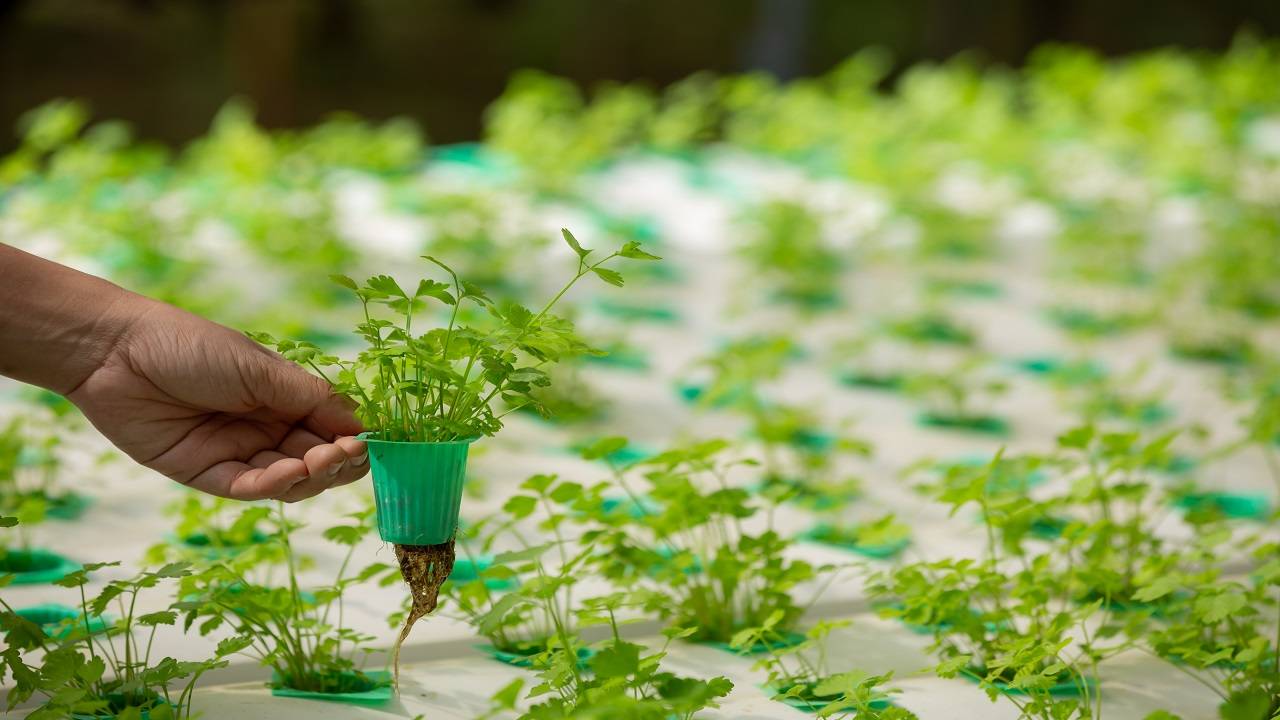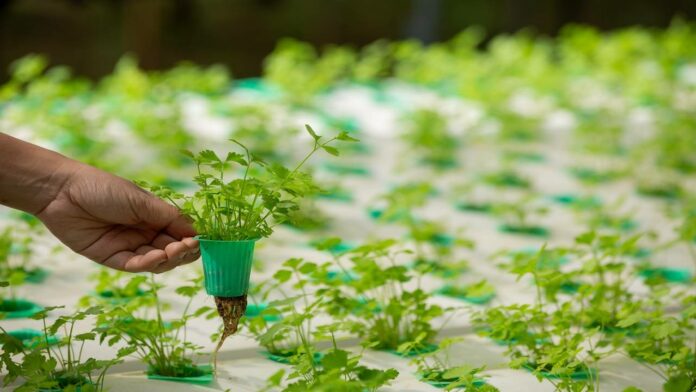
Embarking on a journey into farming and growing crops may seem overwhelming, but it doesn’t have to be. Crop maintenance is a science, but it relies primarily on common sense.
Here, we’ll look at the basic aspects of crop care that every first-time farmer should understand.
-
Basics of crop care
Whether you’re managing a small vegetable patch or an extensive commercial farm, all plants share some basic needs:
-
sunlight: Plants need adequate sunlight for photosynthesis, so make sure they have access to sunlight throughout the day.
-
Water: Continuous and adequate watering is essential. Overwatering or standing water can damage your crops.
-
Nutrients: Soil provides the nutrients plants need to thrive. Test your soil’s pH level to make sure it is suitable for your chosen crops and make adjustments using compost or manure.
-
the location: Each plant needs enough space to grow without competing with neighboring plants.
The key to success as a new farmer is to keep these elements in mind when caring for your crops.
-
Start from the bottom.
Good soil is the backbone of successful crop cultivation. Testing your soil’s pH level is critical to determining its suitability for your chosen crops. You can adjust the pH level by using manure or organic matter such as compost.
Don’t guess your way through the process. Seek expert advice, hire a consultant, or consult with experienced neighbors. Proper drainage is equally important. Loamy soil, with a balanced ratio of sand and clay particles, facilitates proper drainage. Avoid clay soils, which retain water and can drown your crops, or sandy soils, which allow water to pass through too quickly. You can improve drainage by adding sand for better drainage or soil to retain moisture.
-
Quality over quantity
Size isn’t everything when it comes to crop farming. Focus on cultivating areas with good soil first. Trying to grow crops in unsuitable soil is an exercise in futility. Consider selling unproductive land or gradually improving it over time. Plant on it only when the soil is suitable.
-
Set up procedures.
Each season has a special role in crop cultivation. Develop a precise maintenance schedule and stick to it. Leaving crops in the ground for too long reduces their nutritional value and market value. Planting too early reduces yield.
Planting time is important. Avoid planting too far before the rainy season or growing the wrong crop in the wrong season. Make sure everyone involved knows their tasks and when to do them. Effective monitoring is essential to implement the plan.
-
Controlling pests and weeds
Weeds have a knack for growing faster than your crops, but it’s not always harmful. Use a weed wiper when weeds are about 6 inches taller than your crops to effectively eliminate them. A crop care spray is another option for pest and weed management. Be careful when choosing pesticides; Choose organic whenever possible to farm sustainably and responsibly.
-
Use farming technology.
Modern agriculture offers an array of tools to enhance crop care:
-
GPS Devices: These gadgets improve the use of farming equipment, such as fertilizing and planting, by mapping information.
-
Variable Rate Technology (VRT): Mounted on machinery such as planters or spreaders, VRT uses GPS data to control fertilizer and seed distribution, preventing waste and crop damage.
-
Guidance System: GPS systems help control sprayers and spreaders, guiding operators with on-screen maps or auto-steer systems.
While large-scale growers often use these technologies, they can also greatly benefit first-time farmers looking to avoid a trial-and-error approach.
-
Water management
Don’t invest in a farm without access to water. Even in areas with good rainfall, prepare for lean years. Irrigating large fields with piped water or well water can be expensive. Different crops have different water requirements, which are influenced by environmental conditions. Plant drought-resistant crop varieties and make contingency plans for dry spells. Monitor your crops; Well-watered, healthy plants thrive, while thirsty plants grow limp and slow.
Thus, crop care can seem daunting at first, but with a solid understanding of these basics and careful planning, you can set yourself up for success as a new farmer. Remember that patience, hard work, and a willingness to learn from your experiences are invaluable qualities in this agricultural journey.
First Published: 05 Oct 2023, 14:10 IST
